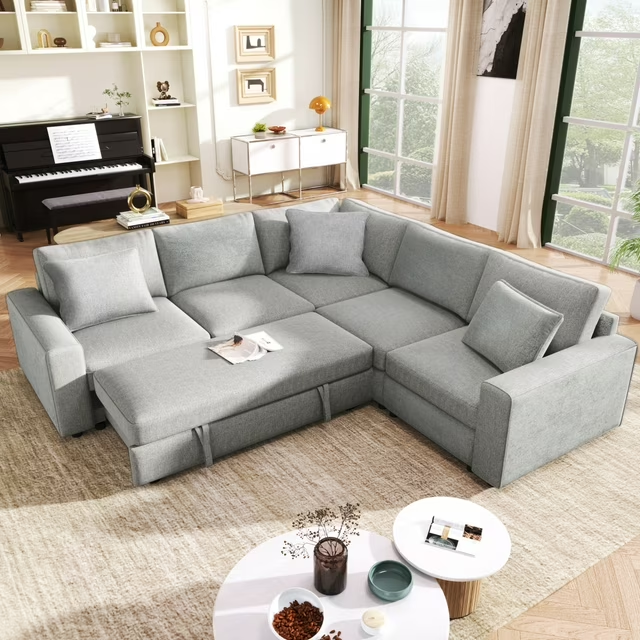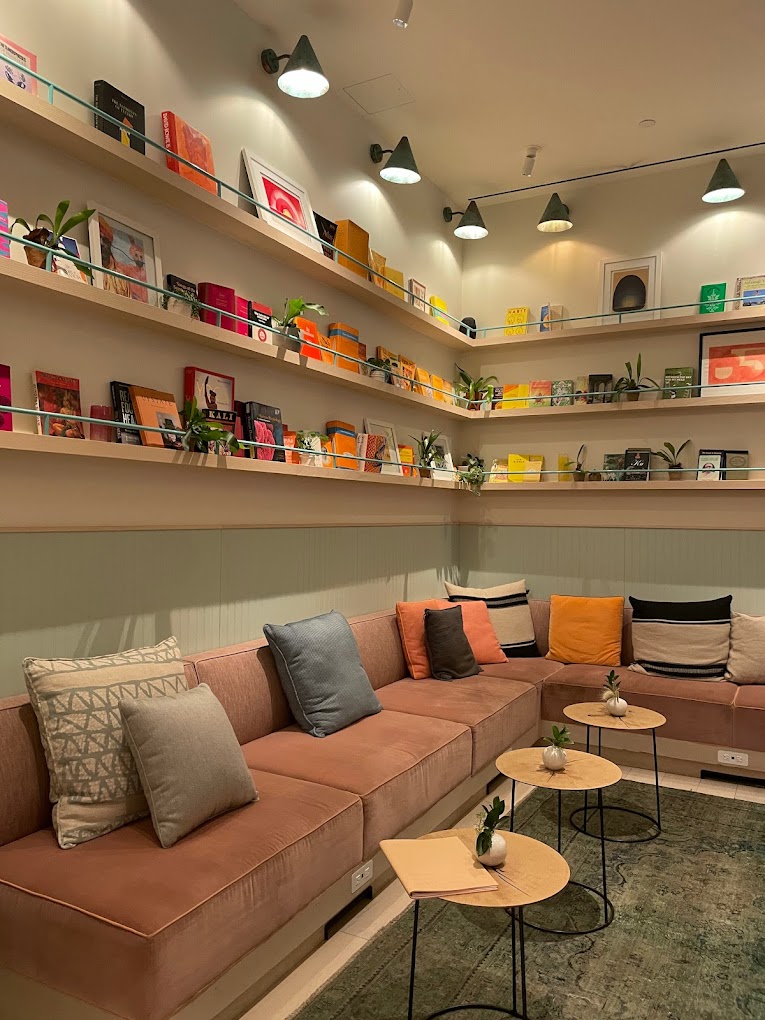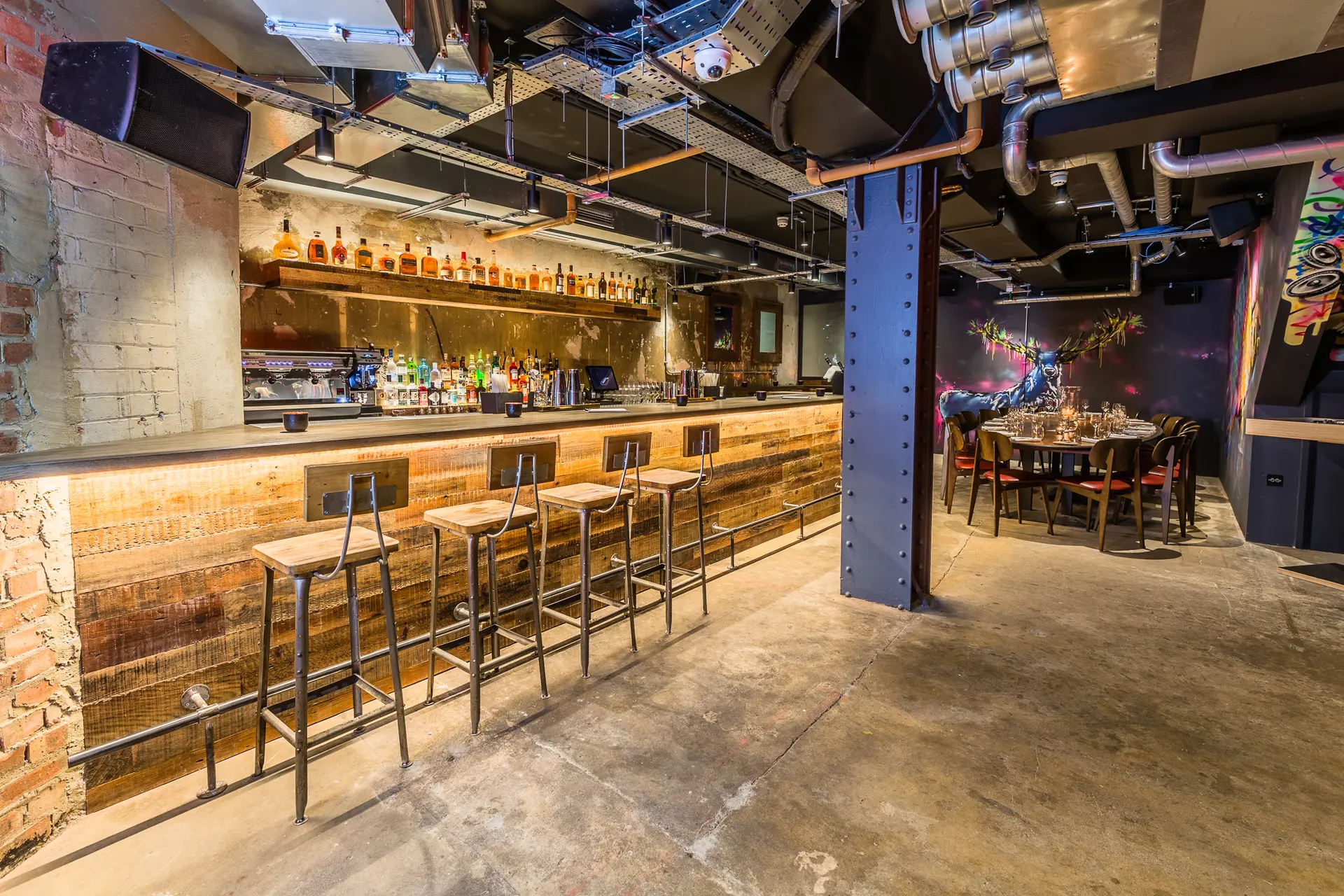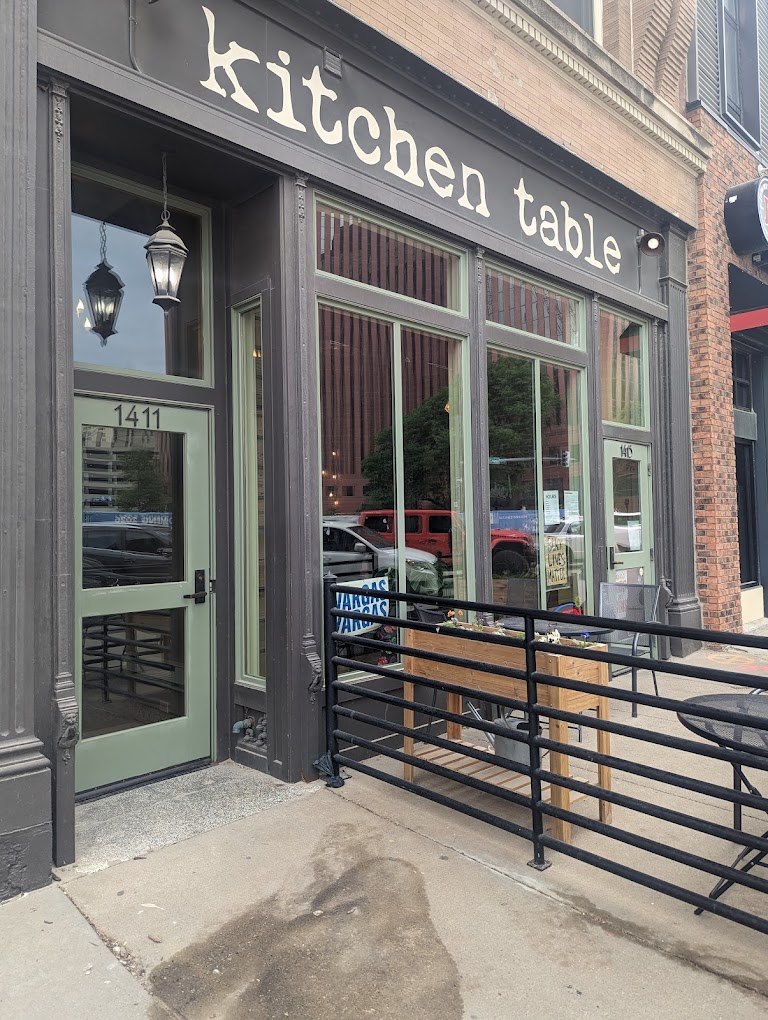When shopping for a new dining table, one of the most important decisions is choosing which wood to have it crafted from. The type of wood greatly impacts the table’s durability, stability, maintenance needs, cost, and overall look. With dining tables subject to years of regular use and possible abuse from meals, homework projects, game nights, and more, selecting the right wood is key to ensuring it withstands the demands without significant damage.
Certain wood species are better suited for dining table use than others when you consider the unique properties of each wood. Let’s examine those ideal qualities in detail and look at the best wood options to create a hardy yet beautiful dining table for your home.
Desired Qualities in a Dining Table Wood
The ideal wood for crafting a dining table should possess these crucial qualities:
- Durability – It must be able to withstand scratches, dents, hot dishes, spills, and general wear and tear from years of daily use without developing major dings and damage. The wood grain should be tight enough to resist penetration.
- Stability – The wood needs to resist warping and cracking that can occur over time as the table experiences temperature and humidity fluctuations indoors. Movement ruins table contours.
- Strength – A dining table wood must offer sufficient structural strength to easily support the weight of large meals and multiple people leaning on it without compromising integrity.
- Aesthetics – Attractive wood grain patterns and coloration options are important to suit dining décor. Wood can be stained, but inherent beauty is ideal.
- Affordability – For most homeowners, the wood needs to fit within typical dining table budgets and offer reasonable value.

The Top Wood Species for Dining Tables
Using the above quality criteria, below are among the very best wood species to choose for a dining table build:
Oak
Oak is an exceptionally strong and stable wood. The dense, tight grain makes it very resistant to scratches, stains, and penetration from dropped utensils or dented from impact. Oak has beautiful swirling grain patterns and comes in lighter white oak and richer red oak varieties. It is also quite affordable for most table budgets. Oak checks all the boxes for an ideal dining table wood.
Maple
Extremely dense and moisture-resistant, maple wood is also extremely durable for dining use, though the tight grain can make it a bit harder to cut and shape. Maple has a smooth, uniform grain pattern with pleasant light coloration. It stands to a velvety smooth finish and accepts stains well. The smooth surface also resists debris collection. Its durability and upscale look make it a prized dining table wood.
Walnut
Walnut has a slightly more open soft grain than oak or maple, making it easier to cut and shape into dining tables. But it remains very dense and durable. The rich, varying brown hues and distinctive grain patterns of walnut are highly prized for fine furniture. While costlier than some woods, walnut provides superior scratch resistance and high-end aesthetics perfect for a dining table meant to impress.
Teak
Teak’s dense grain and naturally occurring oils result in excellent weather and moisture resistance. Its blonde to caramel colors and ability to be sculpted into elegant dining table shapes make it a popular accent wood combined with other table woods. While pricier to use for a full table, a little teak inlay adds beauty.
Cherry
Known for aging beautifully over time, developing a warm reddish-brown patina, cherry is a classic American wood choice. Moderately priced and budget-friendly, its fine smooth texture, flowing grain patterns, and versatile coloring suit both casual and formal dining spaces alike. For an attractive wood table on a budget, cherry is hard to top.

Factors to Consider When Selecting a Dining Table Wood
Beyond the inherent wood characteristics, also weigh these factors when choosing woods:
- Your Budget – Some premium wood species like mahogany, walnut, and teak come at higher price points. More affordable options include oak, maple, poplar, pine.
- Aesthetic Goals – Do you prefer light, medium, or dark wood tones to match your décor? Do you want a bold or neutral wood grain? Consider finish goals.
- Wood Availability – Some wood species are easier to source and available at more local suppliers than rare exotic woods sourced from abroad.
- Eco-Friendly Considerations – Opt for third-party sustainability certified woods or domestic woods that didn’t travel far.
By thoughtfully selecting a durable dining table wood that also fits aesthetically, matches your budget, and aligns with eco-goals, you’ll enjoy your beautifully crafted table for many years to come. Invest wisely and you’ll be rewarded every dinner with wood that withstands busy dining life.










